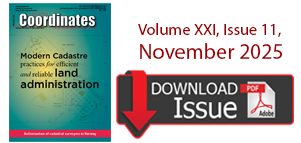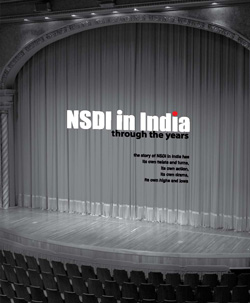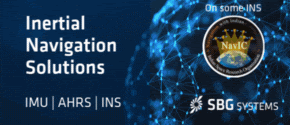Ghana opened the joint AfricaGIS 2025 and 11th United Nations Global Geospatial Information Management for Africa conference in Accra on Tuesday, November 17, 2025, with a call for stronger investment and policy changes to advance the continent’s use of geospatial information.
Deputy Minister of Minister of Lands and Natural Resources, Alhaji Yusif Sulemana, said Ghana is …
Jamal Mohamed College, Tiruchi, has been recognised by the Indian Institute of Technology (IIT) Bombay as the Open Source Geospatial Knowledge Centre for the Tiruchi district. The recognition, granted under the Free/Libre and Open Source Software for Education, Geographic Information System (FOSSEE GIS) initiative, marks a major step in expanding open source learning and geospatial …
MapmyIndia has announced two major government partnerships: a ₹110 crore contract with Indian Oil Corporation (IOCL) and a deal to build Survey of India’s National Geo-Spatial Platform, marking a significant expansion of its government business.
For IOCL, the company will develop an integrated tracking and management system for 23,000 LPG trucks across 150 locations, featuring geofencing, …
The Government of Japan has granted approximately 649 million yen (US$4.3 million) to Laos to upgrade outdated topographic maps and establish an online geospatial data system.
A signing ceremony for the Exchange of Notes on the Economic and Social Development Programme (Geospatial Data Platform) took place on October 22 at the Ministry of Foreign Affairs in …
India has been elected as the Co-Chair of the Regional Committee of United Nations Global Geospatial Information Management for Asia and the Pacific (UN-GGIM-AP), marking a significant milestone in the country’s growing leadership in the global geospatial sector. India was represented in the election by Hitesh Kumar S. Makwana, IAS, Surveyor General of India.
The elections …
The ICAO Assembly has endorsed the determination of its governing Council that recurring incidents of Global Navigation Satellite System (GNSS) Radio Frequency Interference (RFI) originating from the Democratic People’s Republic of Korea (DPRK) and the territory of the Russian Federation constitute infractions of the 1944 Convention on International Civil Aviation.
Through two Resolutions, the ICAO Assembly …
The European Space Agency has inaugurated a new deep space antenna in Australia as part of efforts to strengthen ties between Europe and Australia in space.
At an Oct. 4 event in New Norcia, Western Australia, ESA marked the completion of a new 35-meter antenna for communicating with spacecraft throughout the solar system. The antenna is …
Galileo relies on ground-based uplink stations (ULS) to maintain accurate positioning for users worldwide. These stations transmit essential data to the satellites, including the information required to compute the satellites’ orbits and clock corrections. Traditionally, such messages are sent using dish antennas. However, a new type of ground uplink antenna – a phased array antenna …
The Japan Aerospace Exploration Agency, or JAXA, and Mitsubishi Heavy Industries said Wednesday they will launch an additional Michibiki positioning satellite aboard an H3 rocket on Dec. 7.
The launch is scheduled to take place between 11:30 a.m. and 12:30 p.m. from the Tanegashima Space Center in Kagoshima Prefecture.
The Michibiki satellite system serves as the Japanese …
NSG Geospatial Services, owned by Neo Space Group (NSG), a PIF Company, announced the launch of its innovative geospatial platform, “NeoMaps”. This launch underscores the company’s role in supporting the Kingdom’s efforts to develop geospatial capabilities and enhance digital sovereignty in this vital sector, contributing to Saudi Arabia’s leading position in the geospatial economy at …










 (5.00 out of 5)
(5.00 out of 5)